2022 Census
Brazil has 1.7 million indigenous persons and more than half of them live in the Legal Amazon
August 07, 2023 10h00 AM | Last Updated: August 09, 2023 02h47 AM
Highlights
- In 2022, a total of 1,693,535 indigenous persons lived in Brazil, which represented 0.83% of the total population in the country. In 2010, the IBGE counted 896,917 thousand indigenous persons, or 0.47% of the total number of residents in the national territory. That means this figure has increased by 88.8% since the previous Population Census. That significant expansion may also be a consequence of methodological changes.
- Most of the indigenous persons in the country (51.25% or 867.9 thousand indigenous persons) lived in the Legal Amazon, an area formed by the states of the Notheast Region, and also Mato Grosso and part of Maranhão.
- The North Region concentrated 44.48% of the indigenous population in the country in 2022 (a total of 753,357 persons). Other 31.22% were in the Northeast (which is equivalent to 528,000 persons).
- The two states have a bigger number of indigenous persons, Amazonas (490.9 thousand) and Bahia (229.1 thousand), concentrated 42.51% of the total population in the country.
- In 2022, Manaus was the Brazilian muninicipality with the biggest indigenous population, 71.7 thousand. The capital of Amazonas was followed by São Gabriel da Cachoeira/AM, which had 48.3 thousand indigenous residents, and by Tabatinga/AM, with 34.5 thousand.
- The Yanomami Land (AM/RR) had the biggest number of indigenous persons (27,152), followed by Raposa Serra do Sol (RR), with 26,176 indigenous residents, and by Évare I (AM), with 20,177.
- Of the 72.4 million permanent private housing units occupied in Brazil, 630,041 had at least one indigenous resident, corresponding to 0.87% of the total.
- Among the 630,041 housing units with at least one indigenous resident, 137,256 were located within Indigenous Lands (21.79%) and 492,785 were located out of Indigenous Lands (78.21%).
- The average number of residents in housing units with at least one indigenous resident was 3.64. Inside the Indigenous Lands, it amounted to 4.6 persons and out of Indigenous Lands, to 3.37 persons. In all the cases, it was higher than in the total housing units in the country (2.79).
- The percentage of indigenous residents in permanent private housing units with at least one indigenous resident was 73.43% in Brazil (overall), with 98.41% considering housing unit located inside Indigenous Lands and 63.94% considering housing units outside those lands.

The indigenous population in the country reached 1,693,535 persons in 2022, which represents 0.83% of the total residents. A little more than half (51.2%) was concentrated in the Legal Amazon. In 2010, when the previous Census took place, a total of 896,917 indigenous persons were enumerated in the country. That is equivalent to an increase of 88.82% in 12 years, a period in which that number almost doubled. The increase of the total population in this same period reached 6.5%.
According to Marata Antunes, who is in charge of the IBGE’s project Traditional Peoples and Communities, the increase of the number of indigenous persons in the intercensus period is mainly a consequence of the methodological changes effected to improve the survey on this population. “With data by sex, age and ethnicity and the items on mortality, fertility and migration, it will be possible to better understand the demographic dimension of the increase in total indigenous persons between 2010 and 2022, at different ranges. In addition to that, there is the fact we asked the question “do you see yourself as an indigenous person?” even out of indigenous lands. In 2020, we saw that 15.3% of the population in Indigenous Lands who answered that question affirmatively did it because of this item.”
In the previous Population Census, the item color or race was applied to all the persons enumerated in the country. In the cases these persons were residents of official ndigenous Lands and declared to be white, black, brown or Asian, that is, they they did not declare to be indigenous, another question would be available, “do you see yourself as an indigenous person?” In 2022, there was the extension of this question about coverage in other indigenous areas, besides the ones officially delimited by Funai, the indigenous groups identified by the IBGE and other indigenous locations, which are household occupations scattered over urban or rural areas with potential or certified presence of indigenous persons. In the 2022 Census, about 27.6% of the indigenous population in the country declared to be part of this group due to this coverage question.
Another highlight was participatory cartography. “It guarantees full coverage, that is, that we know more about the distribution of indigenous persons in the national territory. By cooperating with cartography, the indigeous peoples, in their settlements in cities and in the urban area, were mobiled for the Census. Amazonas, for example, had great participation in the urban area as well. So when the Census approaches persons mobilized to build the mapping, they are aware they will be counted. That is a significant change.”
She also mentions that among the factors that account for the increase of the population, the methodology of approach and data collection, with an increased participation of indigenous persons since the start of the census operation, and monitoring of data collection, which started to be shared with Funai. Besides, there was an increase in the number of Indigenous Lands, with a change from 550 to 573 between 2010 and 2022.
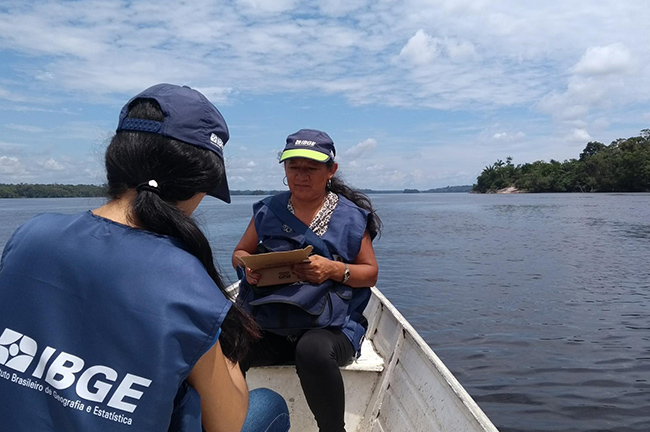




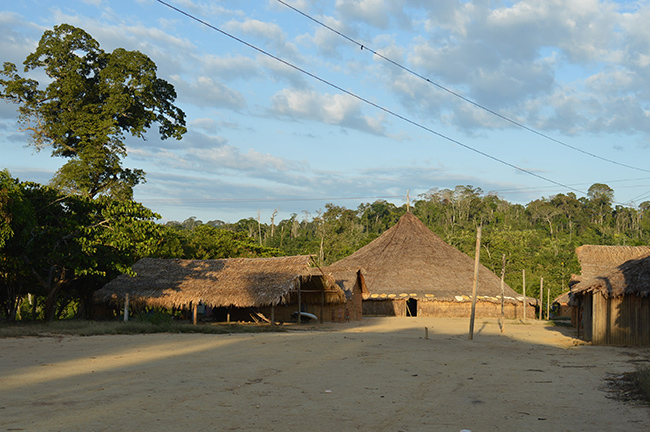
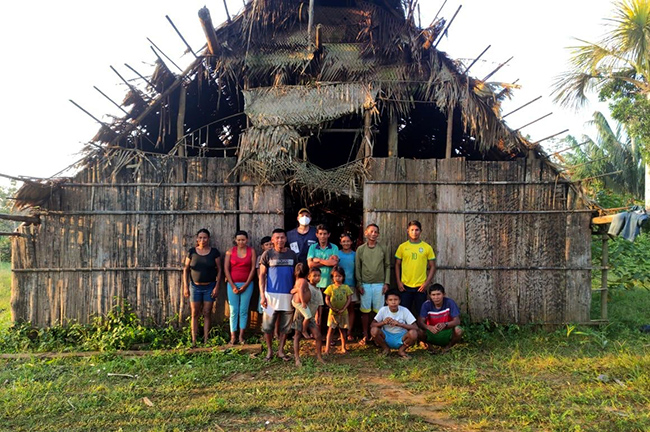

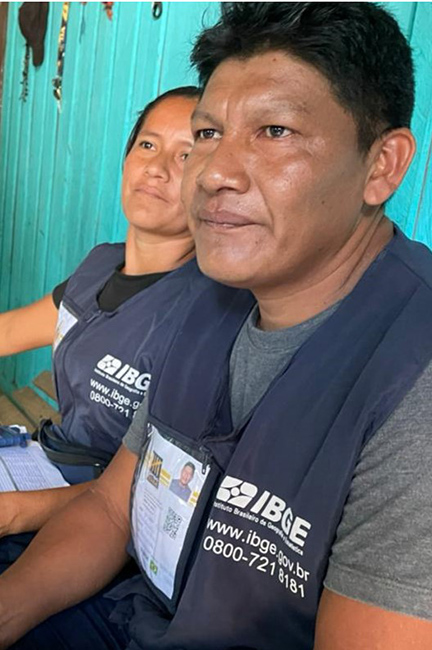


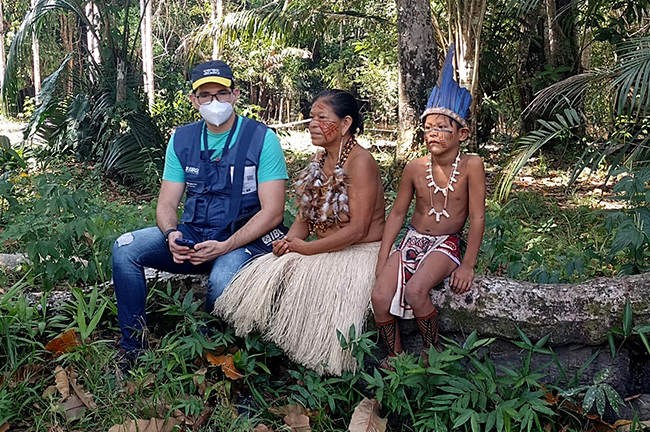
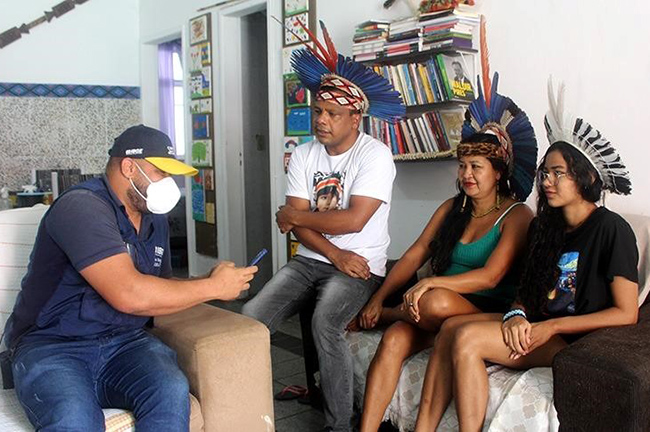
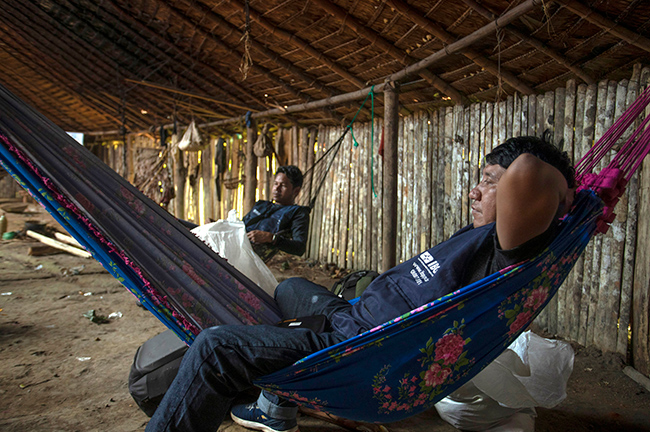
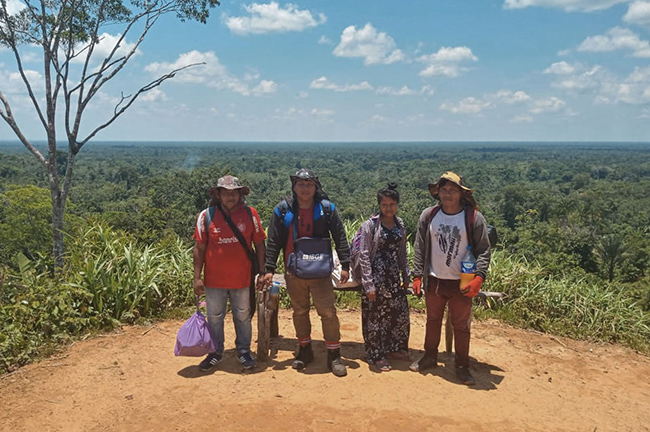
North and Northeast account for 75.71% of the Indigenous persons in the country
Most indigenous persons in the country (44.48%) are concentrated in the North Region. That amounts to 753,357 indigenous persons in that Major Region. The second highest figure was found in the Northeast, with 528.8 thousand, concentrating 31.22% of the total in the country. Together, the two Major Regions account for 75.71% of the total. The other ones have the following distribution: Central-West (11.80% or 199,912 indigenous persons), Southeast (7.28% or 123,369) and South (5.20% or 88,097).
Against 2010, the North Region and the Northeast Region accounted for the highest absolute changes in the number of indigenous persons, with increases by 410.5 thousand and 296.1 thousand, respectively. The South Region, which was responsible for the lowest change among the Major Regions, had 9.3 thousand persons more.
Together, Amazonas and Bahia concentrate 42.51% of the indigenous population in Brazil. They are the states with the biggest indigenous populations: 490.9 thousand and 229.1 thousand, respectively, being followed by Mato Grosso do Sul (116,3 mil), Pernambuco (106.6 thousand) and Roraima (97.3 thousand). Most of (61.43%) the indigenous population in the country lives in these five states.

On the other hand, Sergipe (4.7 thousand indigenous persons), Federal District (5.8 thousand) and Piauí (7.2 thousand) are the states with the smallest number of indigenous residents. Against 2010, in five states, the number of indigenous persons more than doubled. Rio Grande do Norte, which changed from 2,597, in 2010, to 11,725, in 2022, Bahia, which changed from 60,120 to 229,103, Ceará (from 20,697 to 56,353), Amazonas (from 183,514 to 490,854), Piauí (from 2,944 to 7,198) and Goiás (from 8,583 to 19,522).
Although that is only the fifth state with the biggest number of indigenous residents, Roraima is the one with the biggest proportion of this population among total residents: 15.29%. The state is followed by Amazonas (12.45%), Mato Grosso do Sul (4.22%), Acre (3.82%) and Bahia (1.62%).
Indigenous persons are present in 86.7% of the Brazilian municipalities
Among the 5,568 Brazilian municipalities, including the Federal District and Fernando de Noronha, 4,832 had, in 2022, at least one indigenous resident, which means 86.7% of the total. Among those, 79 municipalities had more than five thousand self-delcared indigenous persons, more than in 2010, when only 42 municipalities had at least that same number. Other 199 municipalities had between one thousand and five thousand indigenous residents.
The three Brazilian municipalities with the biggest number of indigenous persons are, in Amazonas: the capital, Manaus, with a total 71,713 thousand persons, São Gabriel da Cachoeira, with 48.3 thousand, and Tabatinga, with 34.5 thousand. The second municipality is also among those with the highest percentage of indigenous persons in the total population, with 93.17%. As for this indicator, São Gabriel da Cachoeira is behind Uiramutã (96.60%), in Roraima, and Santa Isabel do Rio Negro (96.17%), which are also located in Amazonas.
Most indigenous persons live out of Indigenous Lands
In 2022, there were 689,202 residnets in Indigenous Lands and 90.26% of them (or 622.1 thousand) were indigenous. The North concentrated almost half (49.12% or 338.5 thousand0 of the total reidents, being 93.49% of them indigenous persons. The Major Regions which had, inside Indigenous Lands, the highest percentage of indigenous residents were the Central West (97.74%) and the Southeast (95.01%).
The manager of Manager of Traditional Peoples and Protected Areas, Fernando Damasco, states that conducting the Census survey inside and outside Indigenous Lands was a challenge, since it was the first time the coverage question (“do you see yourself as an indigeous person?”) was asked out ou oficially delimited territories. “In order to do so, we had to map these localities. Our entire structure was mobilized so that the mapping would represent indigenous territorial diversity. The indigenous peoples can be foud in cities, urban areas, rural areas, remote areas, favelas, and all of them must be enumerated,” the researcher explains.
He also reinforces the relevenace of analyzing the indigenous populations living in and out of the delimited territories. “That is an important analysis not only for indigenous agencies to plan and carry out policies directed to indigenous lands, but also because it reveals a specific demography of the population living in those areas. That is the reason why this group has to be surveyed anf analyzed separately from others.”
When the total number of indigenous persons living in the country is considered, 622.1 thousand (36.73%) livd in indigenous Lands and 1.1 million (63.27%), out of them. Three states accounted for almost half of the indigenous persons living in indigenous lands: Amazonas (149 thousand), Roraima (71.4 thousand), and Mato Grosso do Sul (68.5 thousand).
The Southeast was the Major Regio with the highest proportion of indigenous persons living out of these delimited territories (82.56% or 101.9 thousand), followed by the Norteast (75.43% or 398.9 thousand) and the North, with 57.99% (436.9 thousand). Together, Amazonas and Bahia concentrated 46.46% of the total number of indigenous population in the country.
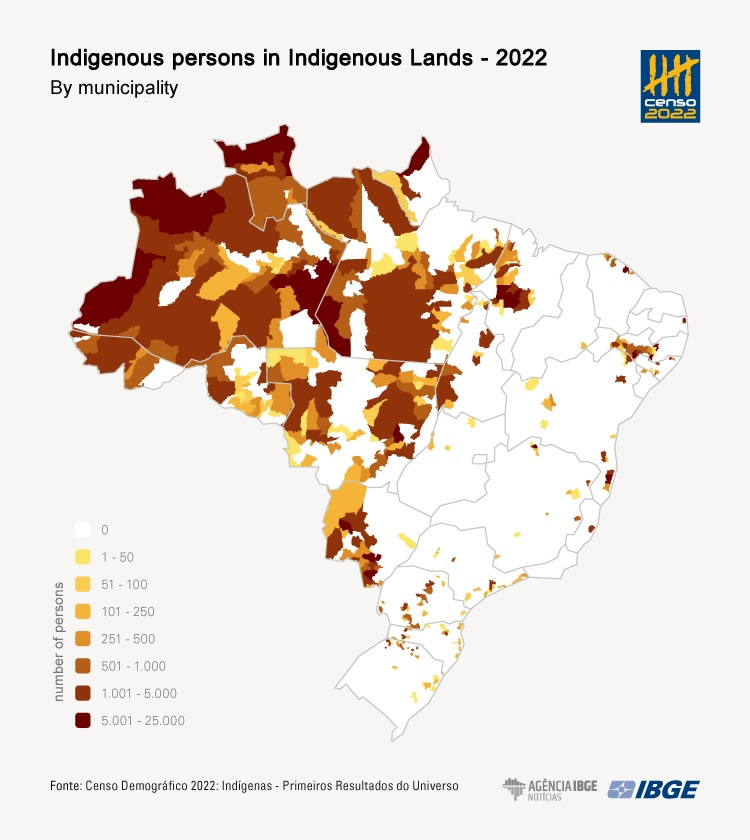
The Yanomami land (AM/RR) had the biggest number of indigenous inhabitants: 27,152, or 4,.6% of the total indigenous in indigenous lands. Raposa Serra do Sol (RR) is in the second position, with 26,176 indigenous persons and the Indigenous Land Évare I (AM) is in the third place, with 20,177 indigenous persons in the ranking.
In the Yanomami land, which is also the biggest one in terms of area, with 9.5 million hectares, the census operation was conducted by using land, water (river) and air transportation. In the last step, there was an agreement for technical cooperation including the Ministry of Indigenous Peoples, the Ministry of Planning and Budget, the Ministry of Defense and the Ministry of Justice and Public Security.
“We started the data collection for the yanomami Census in August 2022, with riverside trips and enumerators going down the rivers close to indigenous lands and then taking long land trips. Around October, we started collection by means of airplanes, with the support of Funai, which provided airplanes and made it possible for us to reach some communities that had an airstrip. About 60% of the indigenous communities were located in remote areas, only accessible by helicopter,” Mr. Damasco highlights.
Most indigenous persons live in the Legal Amazon
The publication also approaches the legal Amazon, an area formed by the states of the North, Mato Grosso and part of Maranhão. The territory also has most of the indigenous persons in the country (51.25% or 867.9 thousand). That number corresponds to 3.26% of th total residents in the area.
“That is an important record to understand the participation of the indigenous population in the Amazon and the importance for the conservation of the Amazon environment. It is important to point out that these data evidence the indigenous population in the Legal Amazon, but also that about half of the indigenous persons live out of it.”
A total of 403.3 thousand indigenous persons were living in officially delimited territories, that is, 64.83% of the indigenous persons living in those areas. In the Legal Amazon, the proportion of indigenous persons living in those territories (46.47%) exceeds the national average (36.73%).
About 630 thousand housing units in the country have at least one resident that declared to be indigenous persons
Among the 72.4 million occupied permanent private housing units in Brazil, 630,041 (0.87%) had at least one indigenous resident. Considering housing units with at least one indigenous resident, 137,256 were located inside Indigenous Lands (21.79%) and 492,785 are out of the Indigenous Lands (78.21%).
Ms. Antunes explains that, as for occupied permanent private housing units that are malocas (a type of hut) where the indigenous population lives, those ar considered family groups. “Malocas are a type of indigenous housing unit inhabited by more than a family in one same space, with a particular form of organization. For statistical purposes, in the Census, each family grouo in the malocas was classified as an occupied permanent private housing unit.”
The Central West Region stands out with the highest percentage of housing units with at least one indigenous resident in the Indigenous Lands (36.33%), followed by the North (28.50%), South (27.38%), Northeast (15%) and Southeast (7.70%).
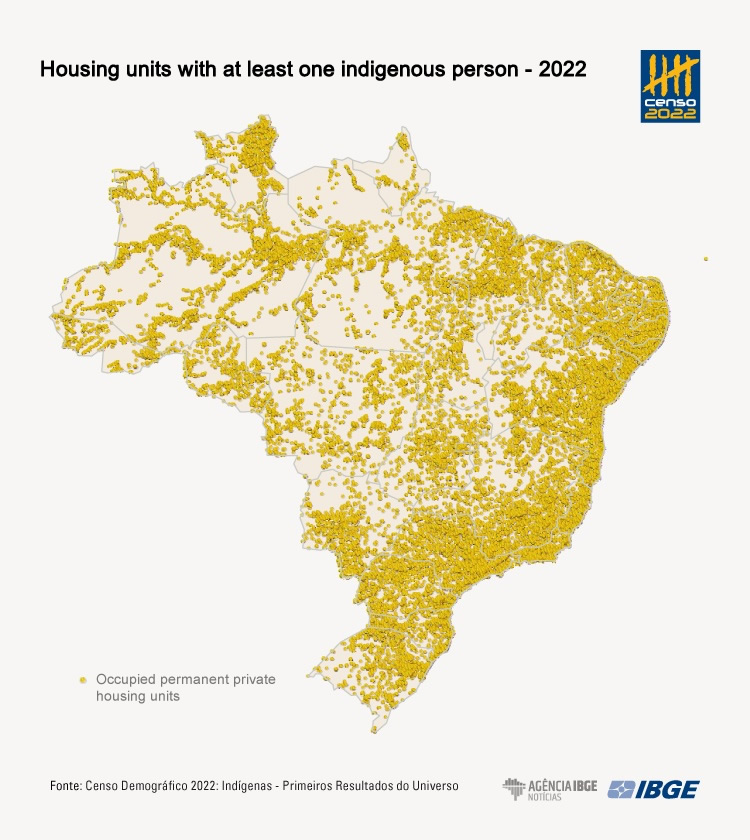
By Federation Units, Roraima has the highest percentage of housing units with at least one indigenous person located in Indigenous Lands (58.84%), followed by Mato Grosso (57.91%), Maranhão (52.59%) and Tocantins (51.13%). The states with the highest percentage of housing units with at least one indigenous resident out of Indigenous Lands are Goiás (99.20%), Rio de Janeiro (99.16%), and Piauí (99.08%).
Average of residents is the highest in housing located in Indigenous Lands
The average of residents for the total housing units where there was at least one resident indigenous person was 3.64. Inside Indigenous Lands, this average reached 4.6 persons and out of indigenous lands, 3.37 persons. In all the cases, it was above the total housing units in the country (2.79).
In comparisons with 2020, both the total housing units with at least one resident (4.33) and those located in Indigenous Lands (4.33) recorded decreases (5.2).
The percentage of indigenous residents in occupied permanent private housing units with at least one indigenous resident was 73.43% for Brazil, being 98.41% for housing units located in Indigenous Lands and 63.94% out of Indigenous Lands.
“That was the expected result: most residents inside Indigenous Lands are indigenous; out of those lands, there is a bigger number of non-indigenous persons living in the same housing units with indigenous ones,” Ms. Antunes highlights.
The Central West Region stands out with the highest percentage of indigenous residents in occupied housing units with at least one indigenous person in Indigenous Lands (99.37%), followed by the South (99.12%), North (99.00%), Southeast (97.80%) and Northeast (96.08%).
In occupied permanent private housing units with at least on indigenous resident, located out of Indigenous Lands, the Southeast (48.66%) stood out with the lowest percentage of indigenous residents, followed by the South (54.41%), Central West (57.51%), Northeast (64.87%) and North (71.14%).
More about the survey
The first results of the 2022 Population Census for the indigenous population presents totals for indigenous persons living in the country and in permanent private housing units with at least one indigenous resident. The data are presented by Federation Units, Municipalities, Legal Amazon and Indigenous Lands. See the main results, graphs and maps on the web page 2022 Census Overview, at the Interactive Geographic Platform and at Sidra.





















